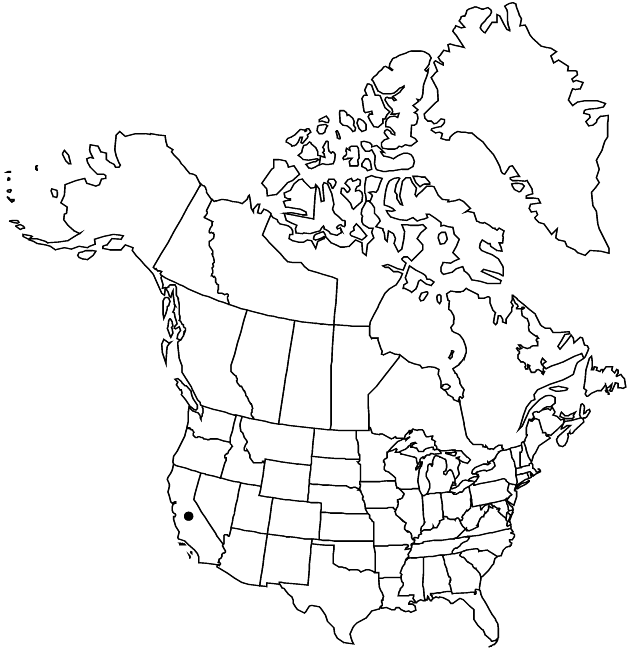Helenium puberulum
in A. P. de Candolle and A. L. P. P. de Candolle, Prodr. 5: 667. 1836.
Annuals or perennials, 50–160 cm. Stems usually 1, branched distally, strongly winged, glabrous proximally, sparsely hairy distally. Leaves glabrous or sparsely hairy; basal blades oblanceolate to oblongelliptic, entire; proximal and mid-blades lanceolate to oblongelliptic, entire; distal blades lance-linear, entire. Heads 4–20 (–30) per plant, in paniculiform arrays. Peduncles (6–) 9–17 (–23) cm, sparsely to moderately hairy. Involucres globose to depressed-globose, 9–15 × 9–17 (–19) mm. Phyllaries (distinct or connate proximally) moderately hairy. Ray-florets 0, or 13–15, pistillate, fertile; corollas yellow, 3.8–10 × 2–4 mm. Disc-florets 300–500 (–1000+); corollas yellow proximally, yellow to reddish-brown to purple distally, (1.6–) 1.9–2.7 mm, lobes 4 (–5). Cypselae 1.2–1.9 mm, moderately hairy; pappi of 5–6 entire, aristate scales 0.4–1 mm. 2n = 58.
Phenology: Flowering (Mar–)Jun–Aug(–Nov).
Habitat: Along streams, ditches, seepage areas, around ponds and lakes, forests, woodlands
Elevation: 0–1200 m
Distribution

Calif., Mexico (Baja California)
Discussion
Helenium puberulum may be of amphidiploid origin from hybridization between H. bigelovii (perennial, radiate, 2n = 32) and H. thurberi (annual, rayless, 2n = 26) (M. W. Bierner 1972).
Selected References
None.